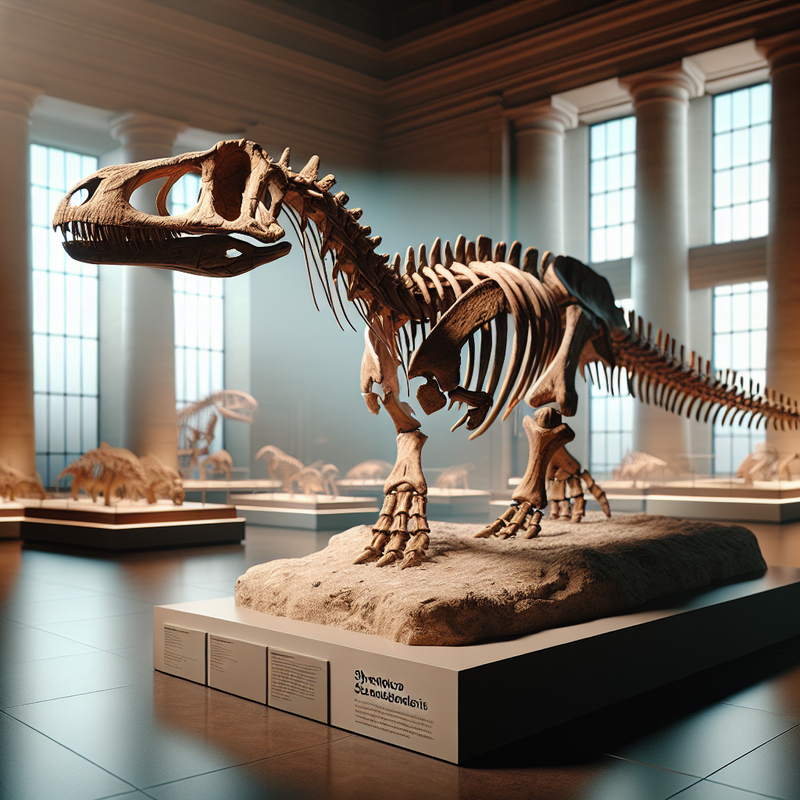In an extraordinary series of events, a fractured fossil has led to the revelation of a novel reptilian species, after a paleontologist discovered that two fossil fragments displayed in separate institutions formed a complete specimen.
Victor Beccari, of the Natural History Museum in London, identified similarities between a partial fossil in his museum and another piece he had previously observed at the Senckenberg Natural History Museum in Frankfurt.
A Merged Prehistoric Enigma
Beccari deduced that the two pieces seemed to be corresponding parts of one creature, which had been divided nearly a century prior in a ploy to increase sales revenue by an anonymous seller. “Someone in the 1930s appears to have sought financial gain by parting the two halves to sell them individually,” Beccari remarked, alluding to the disjoined nature of the find. When assembled, the reconstructed fossil led to the classification of a new species, Sphenodraco scandentis, with the account of the finding published in the Zoological Journal of the Linnean Society’s July 2nd issue.
Dwelling in trees during the Late Jurassic epoch, roughly 145 million years ago, Sphenodraco scandentis is tied to the rhynchocephalians, a lineage that now only includes the single species of the tuatara. Beccari, along with his colleagues, examined the fossil evidence and the habits of contemporary lizards, concluding that S. scandentis probably lived among the trees akin to the modern Bronchocela and Draco lizards.
The fossil’s origin traces back to the Solnhofen Limestone in Germany, notable for its exceptional fossil preservations. Co-author Marc Jones, the curator at the Natural History Museum, commented that despite numerous complete skeletons, researchers faced difficulties due to deformations and obscured details. He pointed out that previously, specimens with elongated limbs were generally classified as Homoeosaurus, while those with shorter limbs were labeled as Kallimodon.
However, the incorrect identification of the Senckenberg fossil as Homoeosaurus maximiliani was revised through meticulous examination by Beccari’s team. They uncovered distinctive features in S. scandentis’s dental and pelvic structures. This crucial discovery implies that revisiting museum collections could identify additional new species. Beccari is presently scrutinizing other fossils for indications that certain known species may actually include distinct rhynchocephalians, noting, “Although these fossils were found nearly two hundred years ago, they continue to offer new insights.”.
















